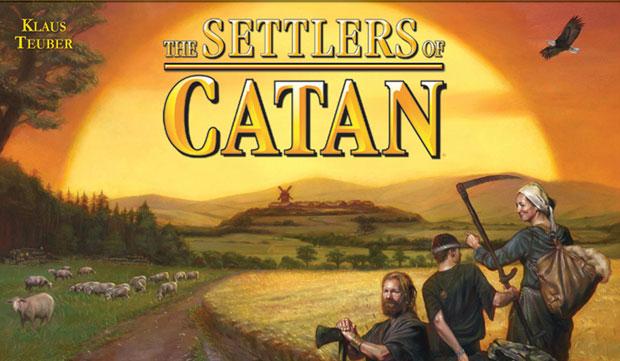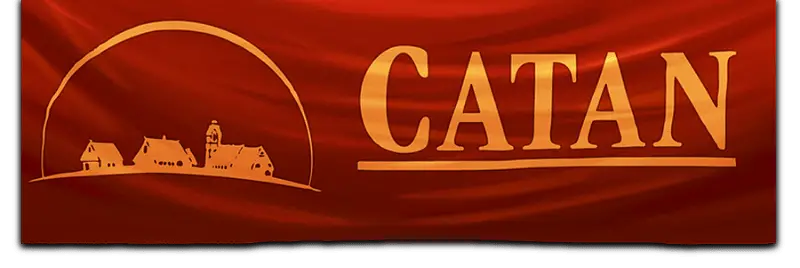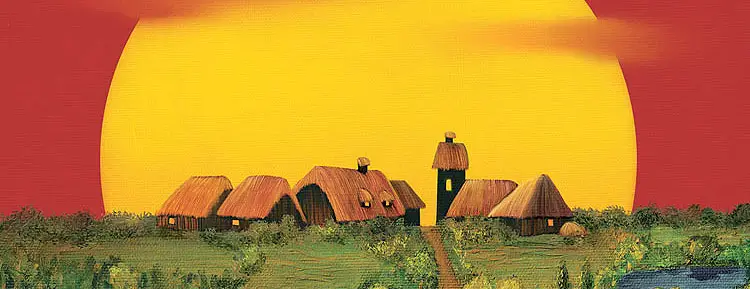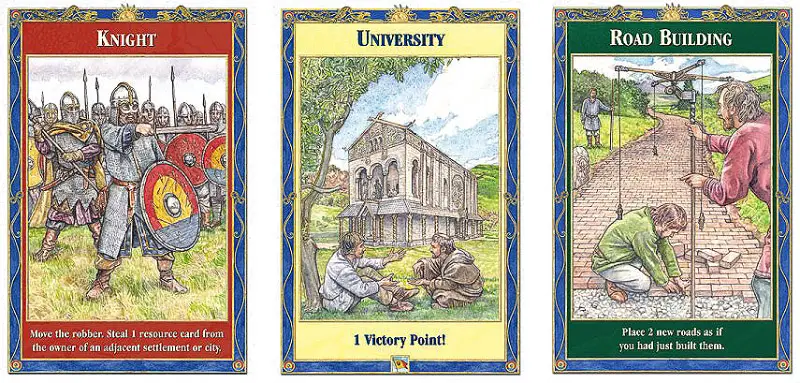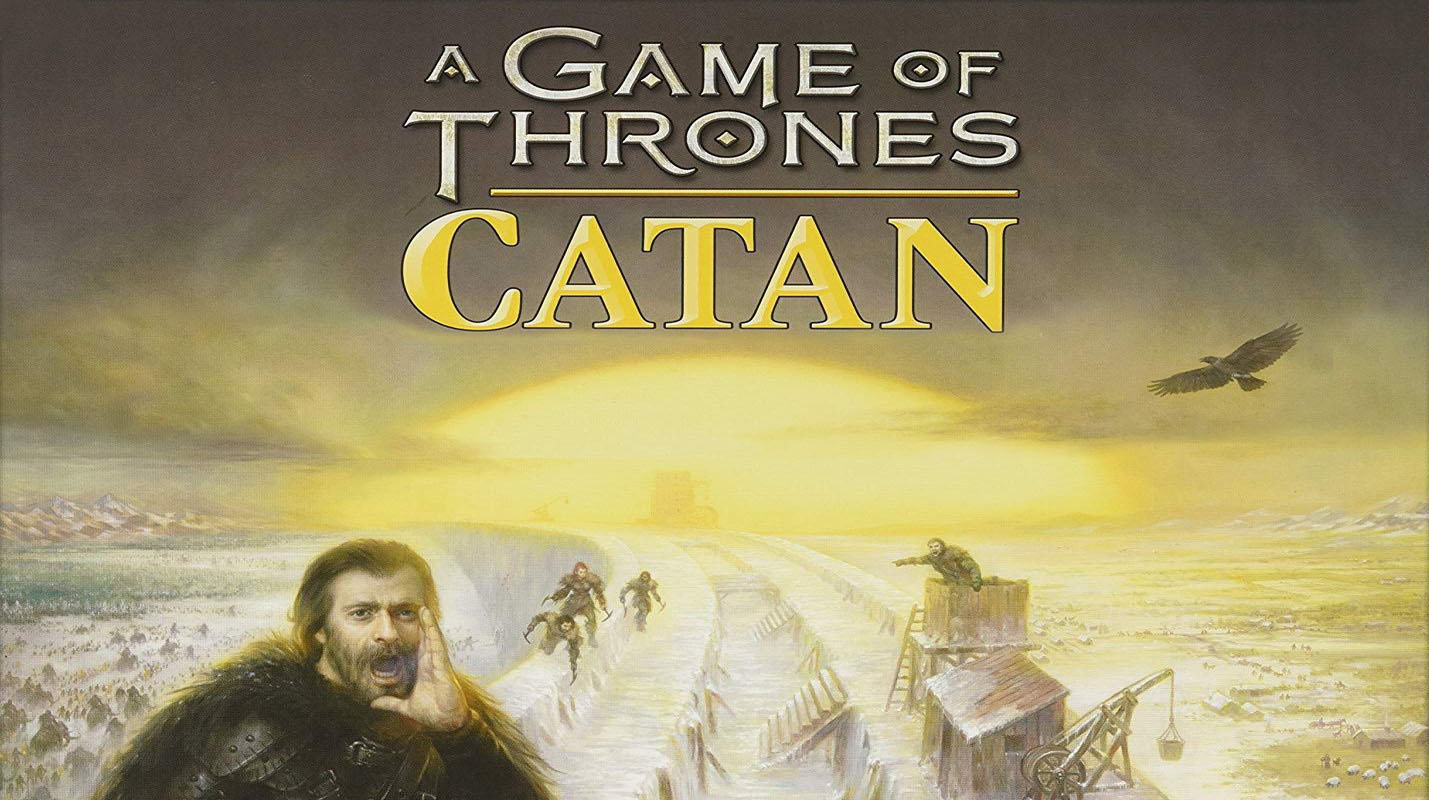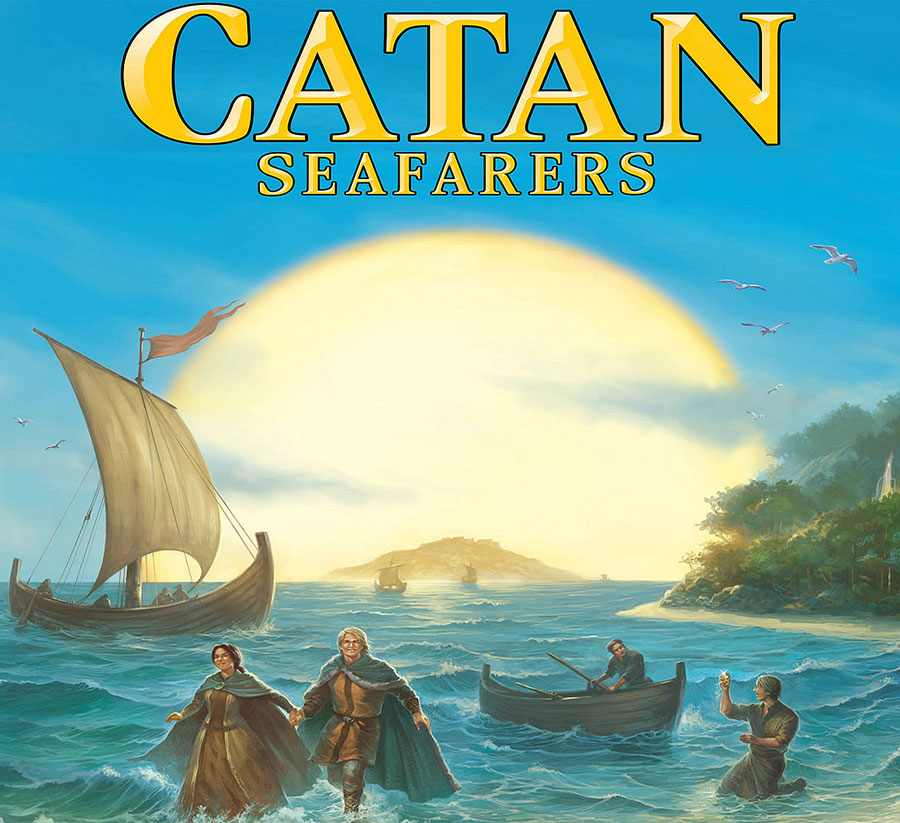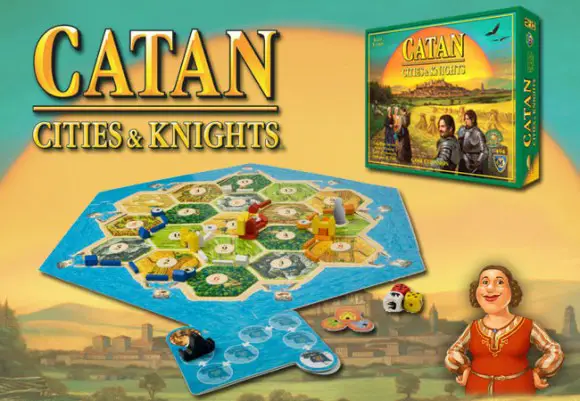
Components
- 19 terrain hexes (tiles)
- 6 sea frame pieces
- 9 harbor piece
- 18 circular number tokens (chits)
- 95 Resource Cards
- 25 Development Cards (14 Knight/Soldier Cards
- 6 Progress Cards, 5 Victory Point Cards)
- 4 Building Costs Cards
- 2 Special Cards: Longest Road & Largest Army
- 16 cities (4 of each color shaped like churches)
- 20 settlements
- 60 roads (15 of each color shaped like bars)
- 2 dice (1 yellow, 1 red)
- 1 robber
- 1 Game Rules & Almanac booklet
Starting Set-up For Beginners
You play the game on a variable gameboard. For your first game, we suggest that you use the following map, which is balanced for all players: …


